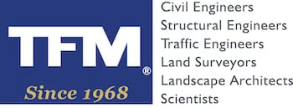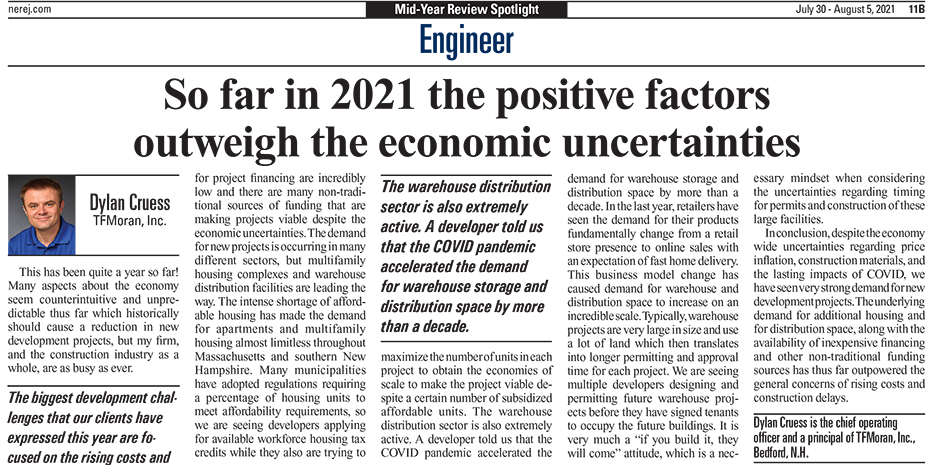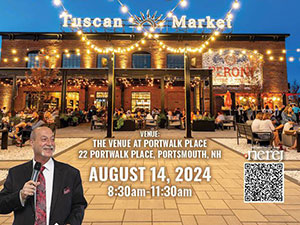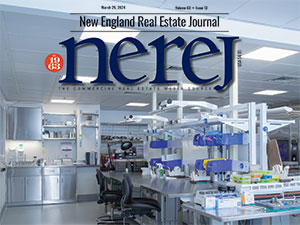New England Real Estate Journal’s July 30th issue features a Mid-Year Review Spotlight with 18 professionals from numerous industries, including TFMoran’s Chief Operating Officer, Dylan Cruess. Dylan gives his perspective on how the first half of 2021 is going in the engineering field. The good news is “So far in 2021 the positive factors outweigh the economic uncertainties.” Dylan writes about challenges of the rising costs of construction materials and supply delays that our clients are facing in their development projects, along with more strict environmental regulations, plus approval and permitting delays. Additionally, there is a high demand for new construction of affordable multi-family housing and warehouse distribution facilities, as a result of the COVID-19 pandemic. Overall, the first half of 2021 has been strong despite these uncertainties and many of TFMoran’s clients are optimistic about the future. The engineering and construction industries are as busy as ever.
To read Dylan’s full mid-year review article, click this pdf link NEREJ Mid-Year Review Spotlight 2021
New England Real Estate Journal
Mid-Year Review Spotlight – Engineer
So far in 2021 the positive factors outweigh the economic uncertainties.
This has been quite a year so far! Many aspects about the economy seem counterintuitive and unpredictable thus far which historically should cause a reduction in new development projects, but my firm, and the construction industry as a whole, are as busy as ever.
The biggest development challenges that our clients have expressed this year are focused on the rising costs and the supply delays of construction materials. At its peak a month or so ago, the price of wood was up over 400% and the lead time to fabricate steel bar-joists and other building components was 6-8 months! Creating realistic proformas and delivery dates in this environment has been an incredible challenge since the ultimate cost and completion date of the project cannot be reasonably determined. The uncertainty of project cost and schedule has led to large and well capitalized developers entering the market. These developers are better able to withstand cost increases and time delays that are occurring almost universally right now. In addition to the cost and timing uncertainties of construction, we have seen the time for obtaining municipal approvals and environmental permits substantially increase in the last year. Some of this delay was related to the COVID pandemic as municipal and state officials adjusted to working remotely, but additionally new, and more strict, environmental regulations have been recently enacted which have caused an unpredictable delay in approval and permitting times since the review agencies and engineering consultants alike are learning how to interpret and implement the new requirements.
Despite these uncertainties, the demand and activity for new projects has been very strong in 2021. Many of our Clients are optimistic and remain bullish about the future. Interest rates for project financing are incredibly low and there are many non-traditional sources of funding that are making projects viable despite the economic uncertainties. The demand for new projects is occurring in many different sectors, but multifamily housing complexes and warehouse distribution facilities are leading the way. The intense shortage of affordable housing has made the demand for apartments and multifamily housing almost limitless throughout Massachusetts and southern New Hampshire. Many municipalities have adopted regulations requiring a percentage of housing units to meet affordability requirements, so we are seeing developers applying for available workforce housing tax credits while they also are trying to maximize the number of units in each project to obtain the economies of scale to make the project viable despite a certain number of subsidized affordable units. The warehouse distribution sector is also extremely active. A developer told us that the COVID pandemic accelerated the demand for warehouse storage and distribution space by more than a decade. In the last year, retailers have seen the demand for their products fundamentally change from a retail store presence to online sales with an expectation of fast home delivery. This business model change has caused demand for warehouse and distribution space to increase on an incredible scale. Typically, warehouse projects are very large in size and use a lot of land which then translates into longer permitting and approvals time for each project. We are seeing multiple developers designing and permitting future warehouse projects before they have signed tenants to occupy the future buildings. It is very much a “if you build it, they will come” attitude, which is a necessary mindset when considering the uncertainties regarding timing for permits and construction of these large facilities.
In conclusion, despite the economy wide uncertainties regarding price inflation, construction materials, and the lasting impacts of COVID, we have seen very strong demand for new development projects. The underlying demand for additional housing and for distribution space, along with the availability of inexpensive financing and other non-traditional funding sources has thus far outpowered the general concerns of rising costs and construction delays.








